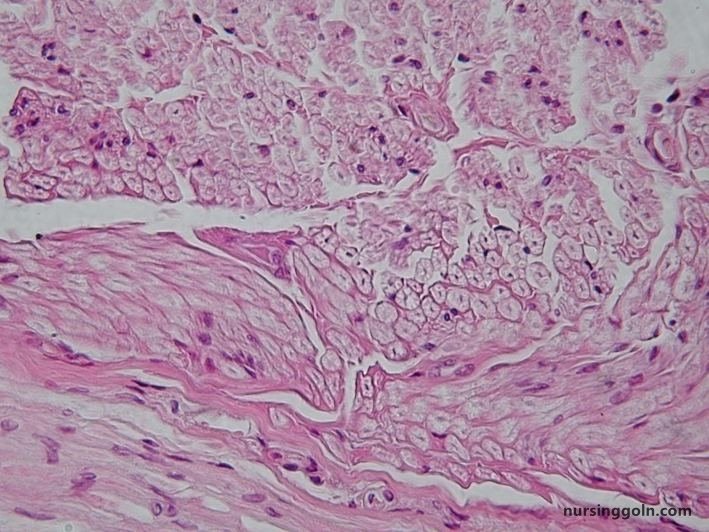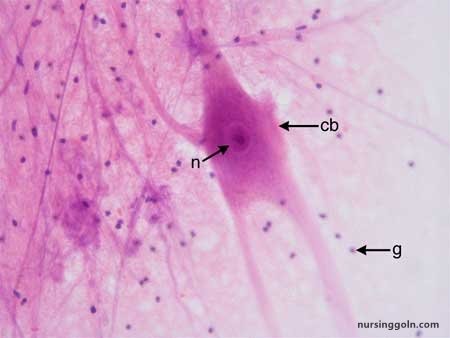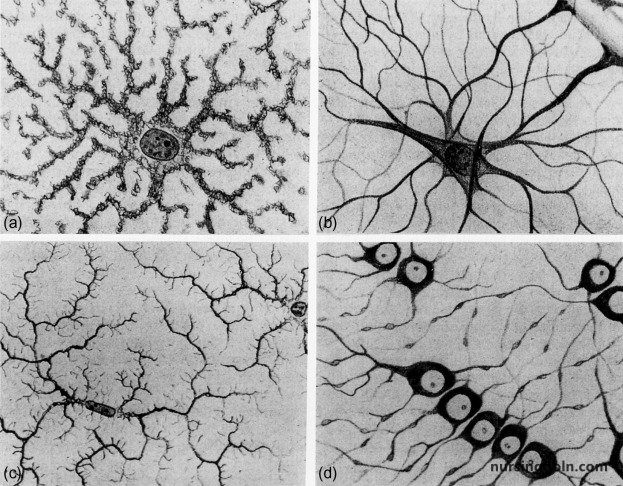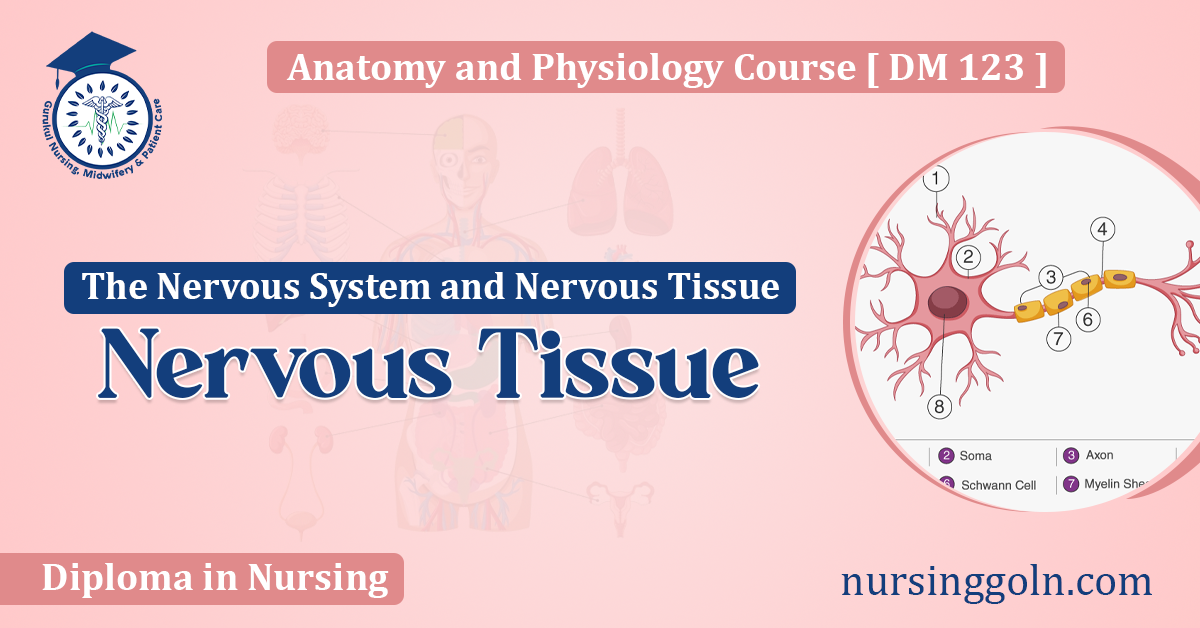Today our topic of discussion is ” Nervous Tissue “. The human nervous system is a marvel, directing everything from the basic reflexes that keep us safe to our most sophisticated thoughts and emotions. At the core of this intricate network lies the Nervous-Tissue, the cellular machinery that allows for swift, coordinated responses to environmental changes. Let’s journey through the microscopic world of the Nervous-Tissue and appreciate the grand symphony of cellular processes that empower our every move, thought, and emotion.

Nervous Tissue: The Nervous System and Nervous-Tissue
1. Introduction: The Electric Symphony of the Body
Imagine a city at night, with roads lit by traffic lights, guiding cars and pedestrians. The Nervous-Tissue functions similarly, directing signals to ensure the body’s harmonious function. It is the very fabric that weaves our sensory experiences, actions, memories, and much more.
2. The Cellular Constituents of Nervous-Tissue
Nervous-Tissue comprises two primary types of cells: neurons and neuroglial cells.
- Neurons: Often termed nerve cells, they are the functional units responsible for transmitting electrical and chemical signals throughout the body.
- Neuroglial Cells (or Glial Cells): The supporting cast of the nervous system, these cells provide nutrition, protection, and structural support to neurons.

3. Neurons: The Messengers of the Nervous System
- Anatomy of a Neuron: A neuron consists of a central cell body (soma), branching dendrites (signal receivers), and a long axon (signal transmitter). At the axon’s end are terminal branches that connect to other neurons or tissues.
- Classification of Neurons: Based on structure, they can be unipolar, bipolar, or multipolar. Functionally, neurons can be sensory (afferent), motor (efferent), or interneurons.
- Electrical Signaling: Neurons communicate through action potentials, electrical impulses generated by the movement of ions across the neuron’s cell membrane.
4. The Chemical Language of Neurons: Neurotransmitters
At synapses, the gaps between neurons, communication shifts from electrical to chemical. Neurons release neurotransmitters, which can excite or inhibit subsequent neurons, orchestrating the flow of information through neural circuits.

5. Neuroglial Cells: The Unsung Heroes
These cells outnumber neurons and ensure the nervous system’s smooth operation:
- Astrocytes: Star-shaped cells in the CNS that regulate the extracellular environment, modulate synaptic communication, and maintain the blood-brain barrier.
- Microglia: The immune cells of the CNS, they protect against pathogens and clean up cellular debris.
- Oligodendrocytes (in the CNS) and Schwann cells (in the PNS): Responsible for producing the myelin sheath, an insulating layer that accelerates neuronal signal transmission.
6. Nervous-Tissue’s Unique Environment
The Nervous-Tissue creates specialized microenvironments:
- Synaptic Clefts: Tiny gaps where neurotransmitters are released, facilitating neuron-to-neuron communication.
- Nodes of Ranvier: Gaps in the myelin sheath where the axon is exposed, crucial for the rapid propagation of nerve impulses.
7. Neuroplasticity: The Adaptable Nervous-Tissue
Contrary to older beliefs, the nervous system exhibits plasticity. It can reorganize itself, forming new neural connections, especially during the learning process or after an injury.
8. Pathologies Affecting Nervous-Tissue
- Neurodegenerative Diseases: Conditions like Alzheimer’s and Parkinson’s arise from the progressive degeneration of neural tissues.
- Demyelinating Diseases: Such as Multiple Sclerosis, where the myelin sheath is damaged, slowing or blocking neuronal signal transmission.

9. The Future: Regeneration and Repair
Historically, it was believed that nervous tissue, especially in the CNS, had limited regenerative capacity. However, recent research into stem cells and growth factors offers hope for potential neural tissue repair and regeneration.
10. Exploring the Mysteries: The Ever-Evolving Field of Neuroscience
Neuroscience continues to unlock the secrets of nervous tissue. From advanced imaging techniques to molecular biology, the intricate dance of neural networks becomes clearer, offering insights into cognition, emotion, and consciousness.
Conclusion
Nervous tissue is the linchpin of our existence, interpreting the world around us and driving our interactions with it. Its intricate design and dynamic nature underscore the magnificence of human physiology. As we continue to explore its depths, the boundaries of our understanding expand, promising advancements in medicine, technology, and even our conception of what it means to be human.
Read more:
